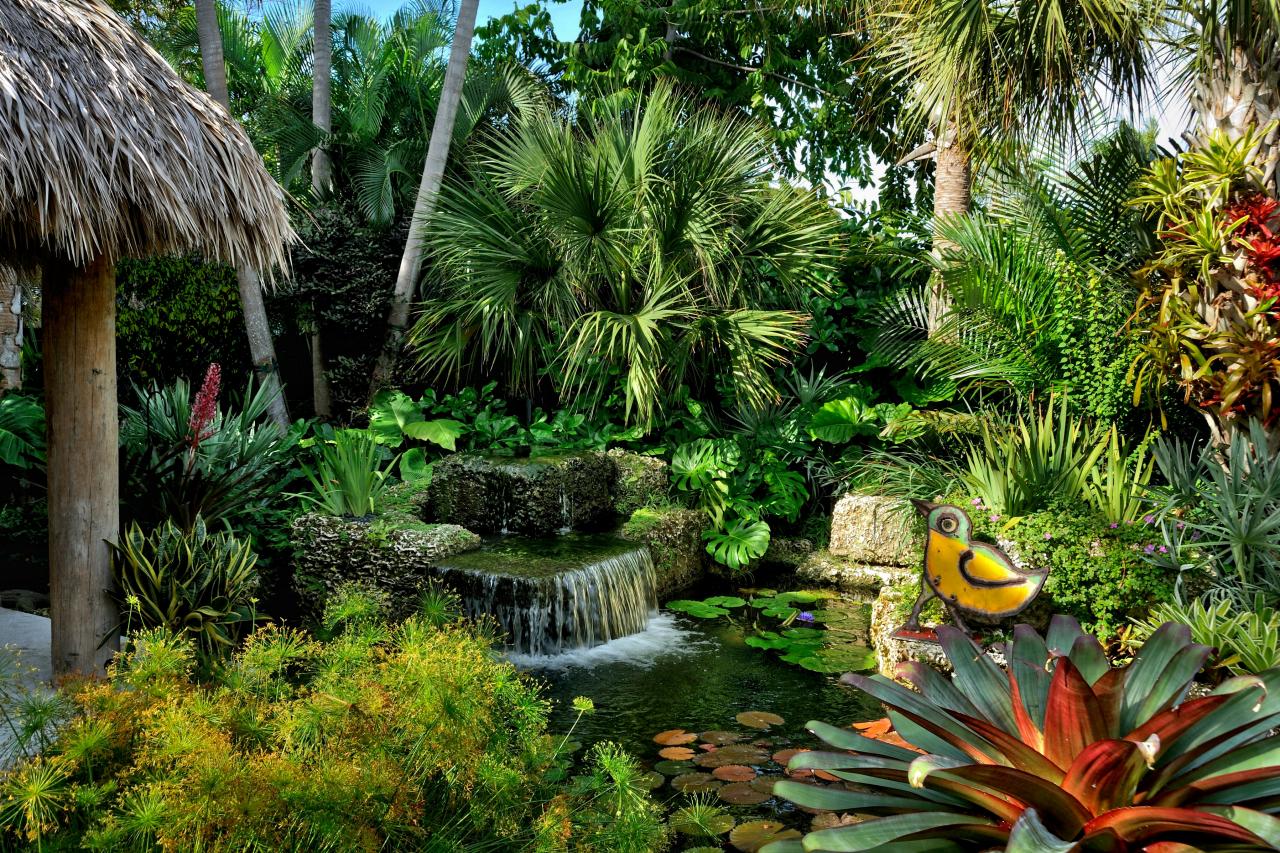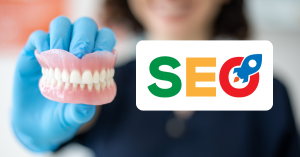
The most crucial step in creating a residential landscape is to create a blueprint on paper. Creating a master plan will save you time and money while increasing the likelihood of a successful design. The ‘design process’ is used to create a master plan, which is a step-by-step technique that takes into account, your aspirations, and the components and principles of design. The objective is to organise your yard’s natural and man-made features into a pleasing, useful, and environmentally sustainable commercial landscaping. Learn about balanced plant placement through symmetry in landscaping

- By generating an equal mirror image on either side of any midline, such as a door, window, gate, or even an imagined centre line, symmetrical landscaping produces a polished, professional look. Do you think you want to experiment with symmetrical plant planting in your yard? Continue reading to discover more about establishing plant symmetry and balanced plant placement.
- Suggestions for Symmetrical Plant Positioning Landscape symmetry can be challenging since flower beds, window boxes, hanging baskets, containers, trees, bushes, or other features on either side of the centreline must be similar. Maintaining balance necessitates constant upkeep, including faithful trimming to keep the mirror image. Symmetrical commercial landscape services In Minneapolis, MN isn’t always the ideal option, and it might not work if you are a more casual gardener.
- A flawlessly symmetrical landscape, on the other hand might be striking for a historically constructed home or one with a more formal aspect. Asymmetrical landscaping with balanced plant placement asymmetrical landscaping may be ideal if your property is more informal or you want a relaxed, casual vibe. It is simpler to get a balanced, asymmetrical effect when the plants on either side of the centreline are similar but not identical.
- It is just a question of balancing each side in an uneven landscape. For example, you may place a single giant plant on one side of the centreline and two or three lesser plants on the other – as long as the sides appear balanced and the overall size on each side is generally equal.
- Consider colour as well. Dark green shrubs seem heavier or thicker than light green or blue shrubs. A plant with a thick growth habit will appear heavier than one with a loose, lacy, or open appearance. Usually, you will have an instinctive sense that something isn’t quite right, and a little experimenting will clear things up.








